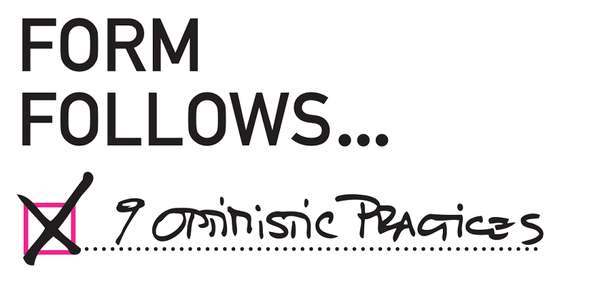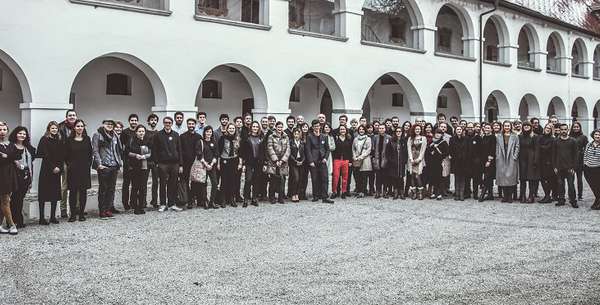Idea by
Lavinia Scaletti
Call for ideas 2016
ZIP City: Houseless Not Homeless
ZIP City: Houseless Not Homeless

With an estimated population of 10 million people by 2035, London needs more homes. Following the current models of housing provision, however, more than 300,000 people could be left with no access to adequate housing.
ZIP City questions whether we still need houses to live in the city and suggests that technology and our increasing capacity for moving around and adaptation could present new opportunities.
Can we re-imagine a system that favours inclusion and still responds to our desire for the comforts of a home?
Here’s the new infrastructure of urban homes. A system of buildings and spaces distributed around transport hubs is proposed to facilitate an increasing mobile life and to allow citizens to feel at home outside the confines of the dwelling. Zip City promotes a new collective lifestyle where the boundaries between public and private, individual and collective are redefined and where individual subjectivities can flourish.
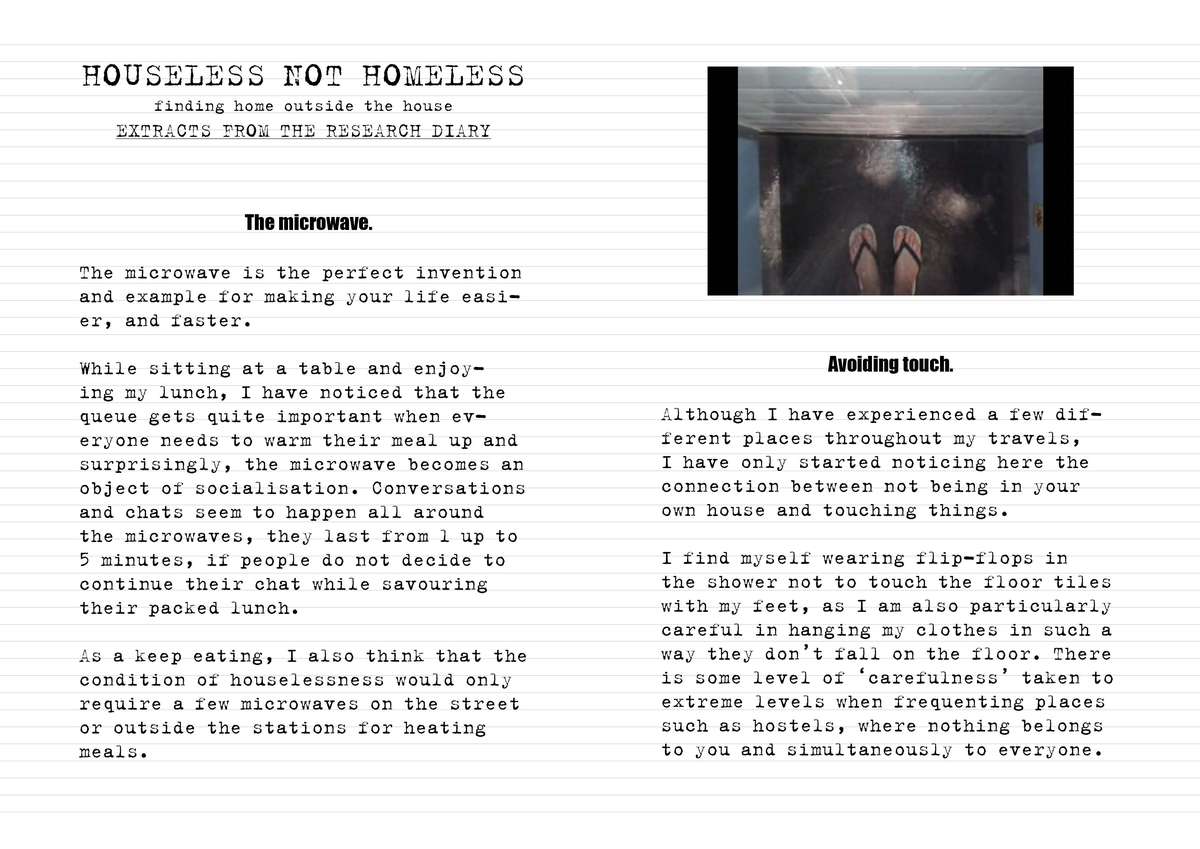
Extracts from a research diary written while being houseless in order to understand what ‘home’ means and what the issues for a condition of houselessness are.

Architectures for the Houseless: possible design typologies for ZIP City inspired by an experiment of living as an urban nomad.
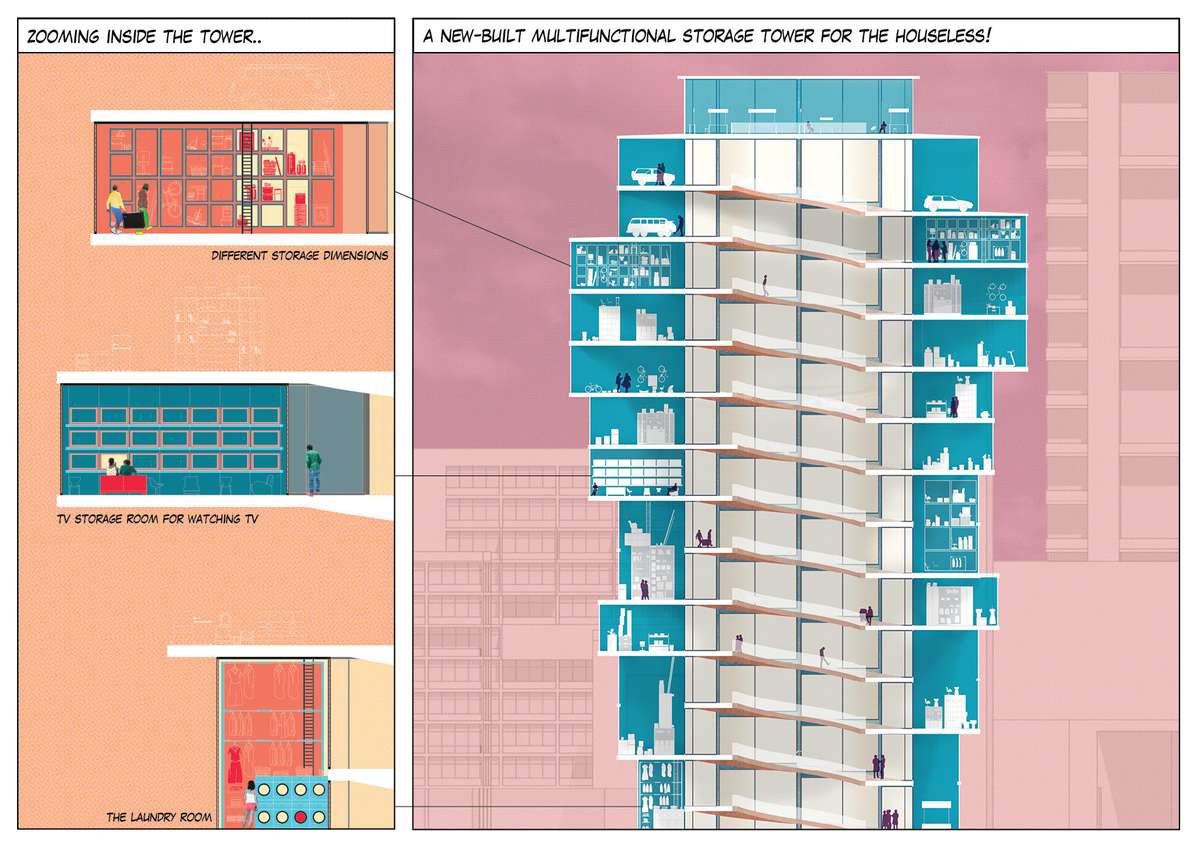
The Storage Tower: idea for a new-built multifunctional storage tower for storing stuff acting as a new place of socialisation.
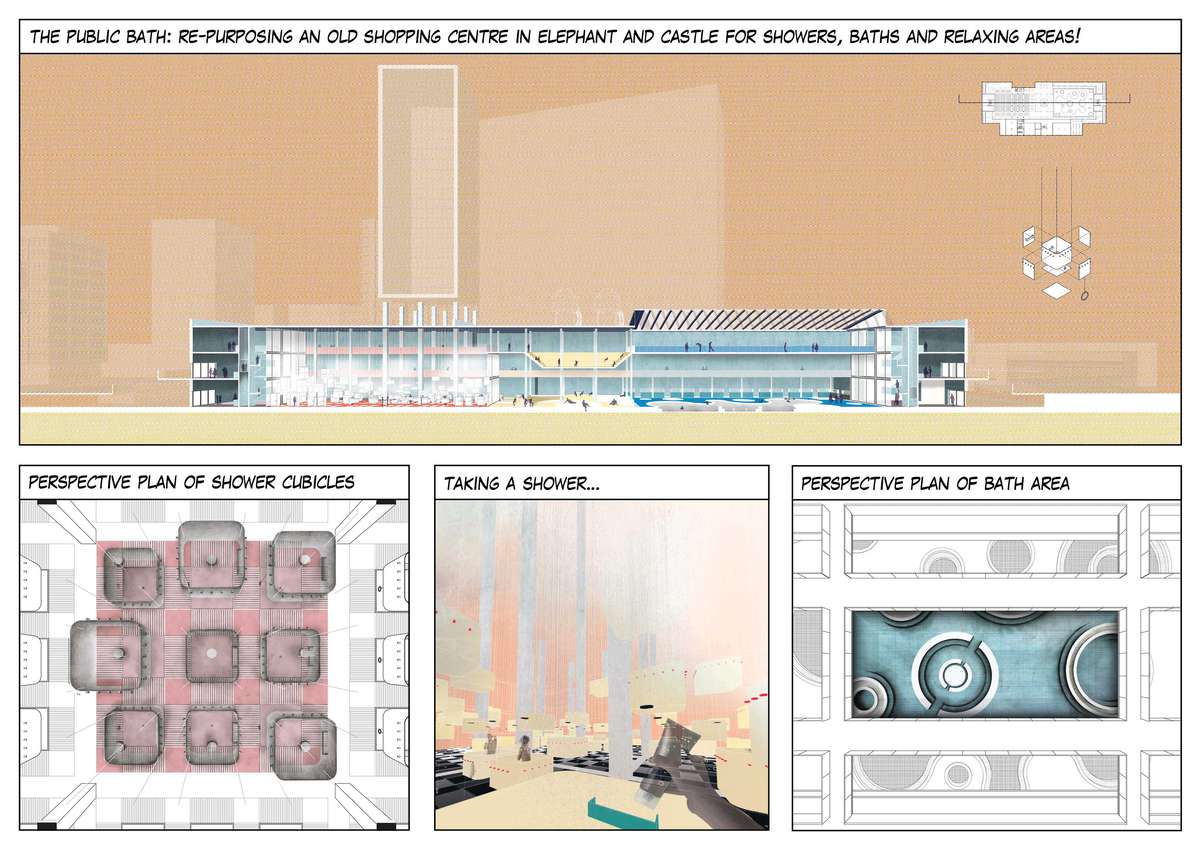
The New Public Bath: transforming a shopping centre into a new typology of public bath where the houseless can choose to take a shower or a bath or to socialise in the relax area.
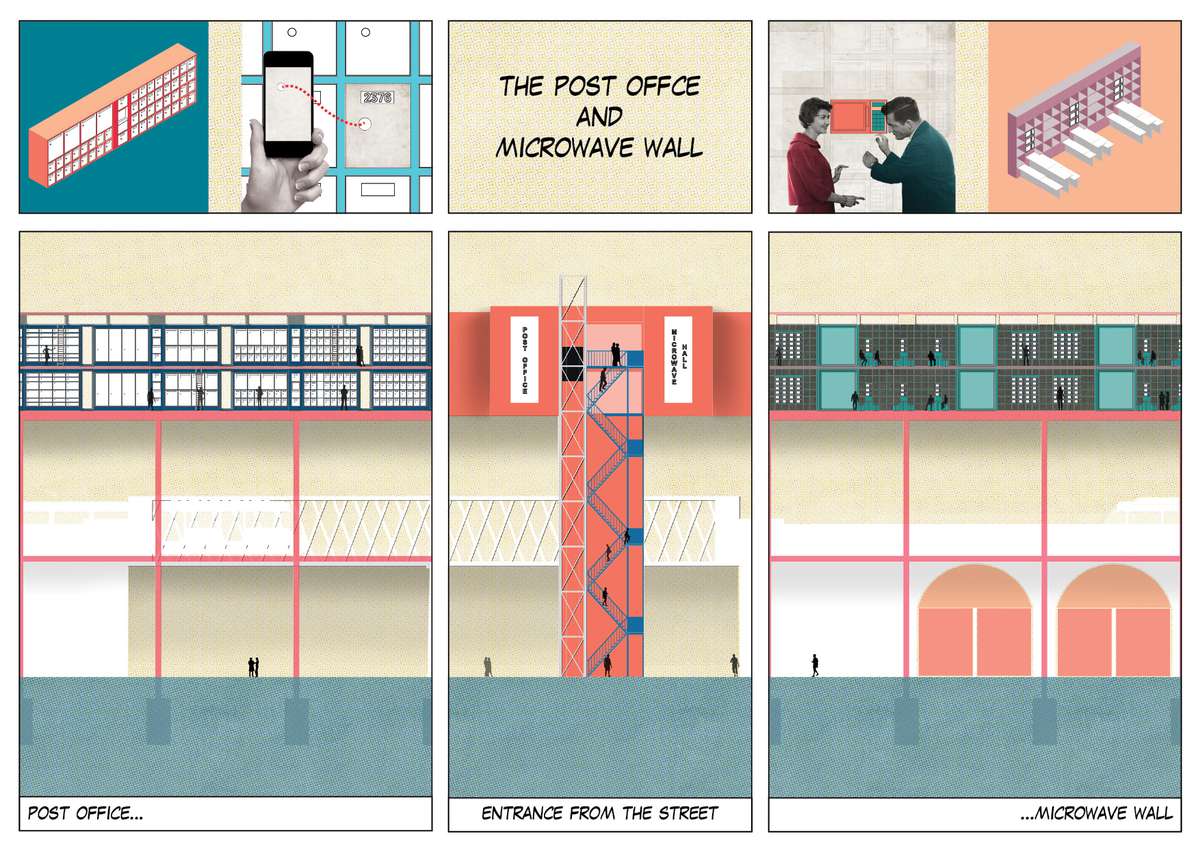
Post Office and Microwave Wall: A new-built structure which reflects our changing habits such as quick eating or pick-up points for post services.
ZIP City: Houseless Not Homeless
ZIP City: Houseless Not Homeless

With an estimated population of 10 million people by 2035, London needs more homes. Following the current models of housing provision, however, more than 300,000 people could be left with no access to adequate housing.
ZIP City questions whether we still need houses to live in the city and suggests that technology and our increasing capacity for moving around and adaptation could present new opportunities.
Can we re-imagine a system that favours inclusion and still responds to our desire for the comforts of a home?
Here’s the new infrastructure of urban homes. A system of buildings and spaces distributed around transport hubs is proposed to facilitate an increasing mobile life and to allow citizens to feel at home outside the confines of the dwelling. Zip City promotes a new collective lifestyle where the boundaries between public and private, individual and collective are redefined and where individual subjectivities can flourish.

Extracts from a research diary written while being houseless in order to understand what ‘home’ means and what the issues for a condition of houselessness are.

Architectures for the Houseless: possible design typologies for ZIP City inspired by an experiment of living as an urban nomad.

The Storage Tower: idea for a new-built multifunctional storage tower for storing stuff acting as a new place of socialisation.

The New Public Bath: transforming a shopping centre into a new typology of public bath where the houseless can choose to take a shower or a bath or to socialise in the relax area.

Post Office and Microwave Wall: A new-built structure which reflects our changing habits such as quick eating or pick-up points for post services.


